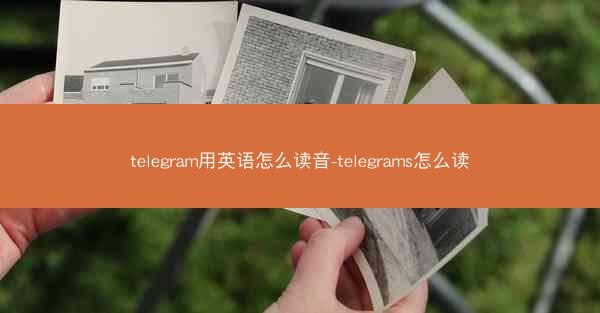
This article delves into the pronunciation of the word telegram in English, exploring its various forms such as telegram and telegrams. It provides a detailed breakdown of the pronunciation, etymology, and usage of the word, along with insights into its historical significance and contemporary relevance in the digital age.
---
Pronunciation of Telegram in English
The word telegram is pronounced as /ˈtelɪɡræm/ in British English and /ˈtelɪɡræm/ in American English. Understanding the correct pronunciation is crucial for effective communication, especially in professional contexts where clarity is paramount.
Breaking Down the Pronunciation
1. The 'tele-' Prefix: The prefix 'tele-' is pronounced as /ˈtelɪ/, with the stress on the first syllable. This prefix is derived from the Greek word 'teleos,' meaning distant or far off. It is often used to denote long-distance communication.
2. The 'gram-' Suffix: The suffix '-gram' is pronounced as /ɡræm/, with the stress on the second syllable. It is a suffix that denotes a written or printed record, as in 'diagram' or 'photogram.'
3. The Final 'm': The final 'm' in telegram is pronounced as /m/, which is a soft 'm' sound, similar to the 'm' in mom or man.\
Etymology of Telegram
The word telegram has its roots in the Greek words 'tele' (distance) and 'gramma' (writing). It was first used in the 19th century to describe a written message sent over a telegraph line. The invention of the telegraph revolutionized long-distance communication, making it possible to send messages quickly and efficiently.
Historical Significance
1. Invention of the Telegraph: The telegraph, invented by Samuel Morse in the 1830s, allowed for the transmission of messages over long distances using a series of electrical signals. This technology played a crucial role in the development of modern communication systems.
2. World War I and II: During both World War I and II, telegrams were used extensively for sending urgent messages and orders. The speed and reliability of telegrams made them invaluable during these conflicts.
3. Decline of Traditional Telegram Services: With the advent of the internet and email in the late 20th century, traditional telegram services began to decline. However, the word telegram continues to be used in various contexts, such as in legal documents and official communications.
Usage of Telegram and Telegrams
1. Telegram: The singular form telegram is used to refer to a single written message sent by telegraph. It is often used in historical contexts or when discussing the technology itself.
2. Telegrams: The plural form telegrams is used to refer to multiple telegrams or a collection of messages sent by telegraph. It is also used metaphorically to describe a series of rapid and urgent messages.
3. Contemporary Usage: In the digital age, telegram and telegrams are sometimes used to refer to instant messaging services that mimic the speed and efficiency of traditional telegrams. For example, Telegram is a popular messaging app known for its secure and fast communication features.
Conclusion
The pronunciation of telegram and telegrams is an important aspect of understanding the word's history and usage. From its origins in the 19th-century telegraph to its contemporary applications in digital communication, the word telegram has evolved significantly. By exploring its pronunciation, etymology, and usage, we gain a deeper appreciation for the impact of this once-revolutionary form of communication.


